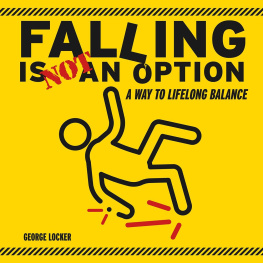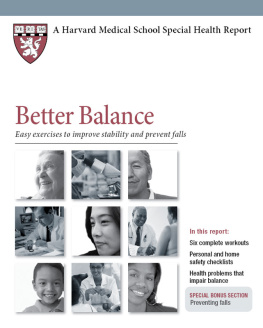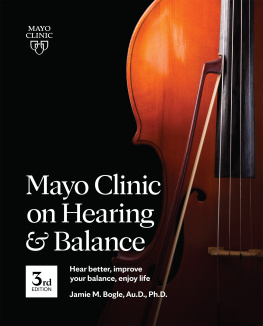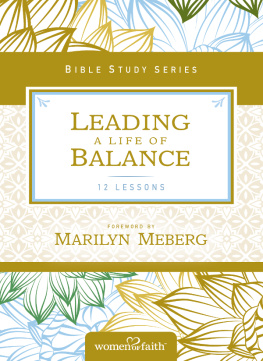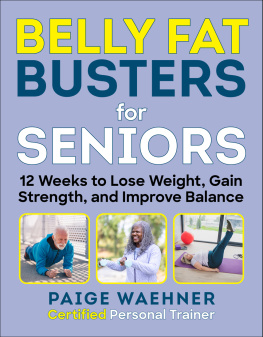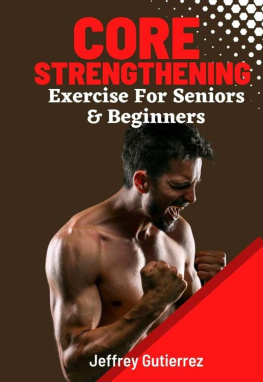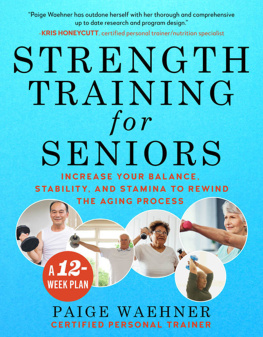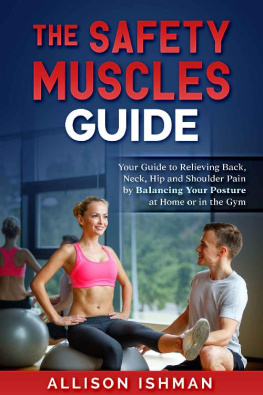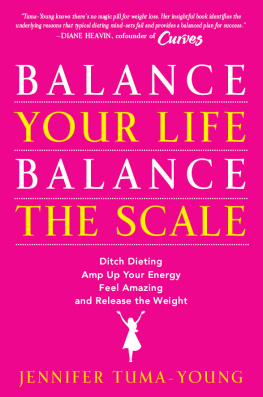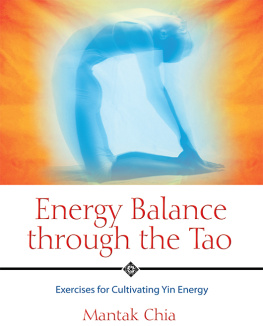2020 All rights reserved. This book or any portion thereof may not be reproduced or used in any manner whatsoever without the express written permission of the publisher except for the use of brief quotations in a book review.
Print ISBN: 9781--09830-973-2
eBook ISBN: 978-1-09830-974-9
table of contents
Dedication
To Chris Molnar, my late wife, who encouraged me to deepen my practice, and whose love and example changed my life forever.
To Elena, my daughter: you rock my world!
Appreciation
I have had the good fortune to study Taijiquan and other Chinese martial arts for over 40 years with two masters/teachers. My first, Grand Master Master Yu was recognized as one of the foremost martial artists of his time.
When Master Yu moved to New York City, I was his first non-Chinese student Figure 1 . He spoke no English, and I spoke no Chinese, but he opened a world to me that offered astonishing stability based on a new understanding of the relationship between the body and the ground.
After Master Yus passing in 2010, I studied with his senior student, Master Robert Murphy, a dedicated and exquisite teacher. Masters Yu and Murphy represent the pinnacle of doing and teaching Chinese martial arts. As would be true for anyone who had two great Tai Chi teachers and practiced, I am far more stable at age 70 than at age 30.
Thanks
To Arthur Castle, Bruce Esrig, Bob Falvo, Paul Feinberg, Pamela Frank Garry, Michelle Gay, Betsy Jaeger, Nate Jeffery, Mike Sasko, Loretta Thomas, and Randy Young, for their help and support, and to Lester Lefkowitz, for photography.
https://web.archive.org/web/20200918062622/http://taichi108.com/masteryu.html
INTRODUCTION
Beautiful Balance
Imagine a child walking along a stream. In some places, the bank is soft and yielding. In other places, there are rocks. The rocks are unreliable: some are firmly seated, and others are ready to tumble.
The child walks on the loose ground, avoiding the moss and sinking into the turf. At a crossing, the child places her toe down the bank, slides, and places her other foot on a rock. The rock wobbles, but the child switches feet again, finding another rock. One step after another, some solid, and some light and uncertain, the child crosses the stream.
This is beautiful balance: the ability to sustain weight while moving in a way that draws admiring attention.
Graceful Aging
As we age, we get drawn into the unnatural world, which does not encourage us to dance across streams. Our agility declines and then must be deliberately restored. What can be done to regain our ability to balance and to enjoy motion?
This book outlines the principles behind beautiful balance and offers exercises* for people of all ages.. Diligent practice over time will help restore, maintain, and improve automatic balance.
These pages contain words and pictures. Ideas and images are important, but experience is essential. In the realm of balance, the body understands before the mind does. Doing the exercises provides insight into the meaning of balance.
To best use this book, choose one location, preferably with a hard floor, maybe a mirror, a wall, and a clear area, and practice every day, use a clock, do more than is comfortable, increase the time you hold the postures*, and return to the words and pictures often. Step by step (as the Chinese say), you will cultivate balance and age gracefully.
Words followed by an * asterisk are defined in the Glossary at the end of the book, in the order of appearance.
Mid-Lifers and Athletes see Endnotes.
Teaching Seniors
I started to teach Tai Chi the summer of 2014 in Lake Placid, New York, the site of two winter Olympics. I was hoping to attract future Olympians, but young athletes were interested in any exercise but Tai Chi. The folks who did show up to my class were seniors looking for ways to improve their balance. Coming from a martial arts background, I wondered how I could relate to older students who had no interest in pushing one another over!
It is said that the best way to learn is to teach. I came to realize that I could offer seniors exercises to improve their balance that were available nowhere else. Their enthusiasm and progress inspired me, and the idea for this book was born.
It took a few years to put into words what I had learned mostly by watching and doing. With help, I came to understand the science and biomechanics underlying Tai Chi balance and stability. Once I could explain balance in ordinary language, I began to assemble exercises. The postures and movements that follow, which I call Postural Retraining, are based on my long study of Tai Chi as a martial art, watching classmates do the same, and teaching balance and stability to older adults.
Why is Balance a Challenge to Explain?
First, while the Chinese have a profound understanding of martial arts balance and stability, the Chinese words themselves only hint at their meaning. For example, the Chinese word for their martial arts root includes the ancient character for tree. Knowing this in Chinese - or in English is interesting but not especially helpful if the goal is acquiring a martial arts root. What does it mean to be like a tree?
Second, there is scant empirical data on how downward force can be increased for the purpose of stability, rather than for creating upward movement. Academic research has focused on large, visible actions, such as running and jumping, to the exclusion of small but powerful movements that lower body mass. We admire the figure skaters beautiful leap, not the bent knee and ankle that preceded it.
Third, textbooks and articles on sports biomechanics dont address how athletes such as surfers or skiers are able to stay upright and stable at high speeds, against powerful forces, often standing on one bent leg. The world of dynamic downward stability is unexamined, so there is little in the literature to draw upon to understand from the point of view of seniors - how athletes balance and stay upright.

